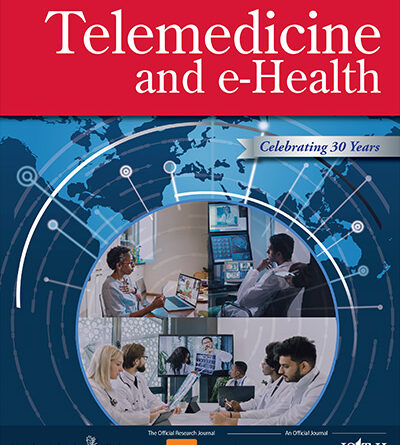The Beehive and the Theme of Teamwork
“Team work makes the dream work but a vision becomes a nightmare when the leader has a big dream and bad team” is a 2002 quote from an American clergyman and leadership authority, John Calvin Maxwell.1 As we begin a new year, we are in the period of football championships with the culminating event, Super Bowl LVIII, although college football also has a championship series as well. In order for these teams or any team of individuals to succeed, they must work together. Henry Ford commented “Coming together is a beginning, staying together is program, and working together is success.”2 Without a vision and a good team, not much can be accomplished. Conversely, a vision and a highly motivated team can accomplish great things.
Why is this important or relevant in health care or telemedicine? Consider a beehive. In a beehive, there are select types of bees with specific tasks. Working in concert with one another in a highly complex society, the bees work in an interdisciplinary way to maintain the hive and produce product, honey. For example, a beehive must be kept at a temperature that (1) maintains the hive and (2) keeps the hive productive. This is done through teamwork. The bees use their wings to move warmer air away from the entrance of the hive to maintain optimal temperature of 95°F.3 The wings can be directional, thereby modifying flight and direction of air flow, so in cooler weather, the wings generate heat. This heat keeps the hive at the desired temperature.
Although there is a whole entomological science behind this, the point here is teamwork and vision. In integrating telemedicine and telehealth into clinical practice and to have it be sustainable, there must be a defined need, a vision, and a trained and motivated team that can accomplish this. Before the pandemic, integration and utilization were somewhat elusive worldwide. There was rapid expansion to meet the need and, in some areas, there has been retreat.
Whether this retreat is based on cost, attitude, or concern over efficacy, there is adequate evidence that purports the need and success of integration. One metric might be the exponential growth in peer-reviewed publications in this field. As I have reported before, the number of submissions to this journal continue to rise. The actual record of submissions in 2023 was 716.
Although there is a plethora of positivity in application, there are also concerns. Rouidi et al.’s study uses both the Technology Acceptance Model (TAM) and the Unified Theory of Acceptance and Use of Technology models to access acceptance of telemedicine.4 They indicated a paucity of studies that address the acceptance and use of telemedicine. Conversely, Gagnon et al. indicated in their study that TAM is a good predictive model but the intentional utilization of clinicians is also important.5
There is little doubt that the integration and application of telemedicine have been instrumental increasing access. The technology, through need and innovation, has been quite successful. However, just like in the beehive, without teamwork there is no honey, there are no championships, and in health care, there is limited access!
As bees spread their wings to protect their hive and team, you may also spread your wings and build an effective and cohesive team that can meet that need. That need is patient care and access. Telemedicine and telehealth offer the tools to enhance health care.
Speaking of teamwork, I could not do this work without the help of the outstanding professionals at Mary Ann Liebert, Inc. and Westchester Publishing Services.
What Is in This Issue
This issue has a large number of articles, including seven reviews and seven on applications in COVID-19 settings. They each address research results and experiences from the following countries: Australia, Brazil, Canada, China, France, Hong Kong, Iran, Italy, Japan, Singapore, Turkey, and the United States.
References
- 1.
BrainyQuote . Available from: https://www.brainyquote.com/quotes/john_c_maxwell_600892 [Last accessed: January 16, 2024]. Google Scholar - 2.
Inc. 15 Quotes to Inspire Great Teamwork . Available from: https://www.inc.com/dave-kerpen/15-quotes-to-inspire-great-team-work.html#:~:text=%22Coming%20together%20is%20a%20beginning,of%20itself.%22%20%2D%2DHenry%20Ford [Last accessed: January 16, 2024]. Google Scholar - 3. . Bees have thermostats, can regulate temperature in hives. University of Georgia, Savanah River Ecology Laboratory. 2017. Available from: https://archive-srel.uga.edu/outreach/ecoviews/ecoview171001.htm#:~:text=Members%20of%20the%20colony%20operate,generating%20heat%20from%20body%20muscles [Last accessed:
January 16, 2024 ]. Google Scholar - 4. . Acceptance and use of telemedicine technology by health professionals: Development of a conceptual model. Digit Health 2022;8:20552076221081693; doi:
10.1177/20552076221081693 Crossref, Google Scholar - 5. Using a modified technology acceptance model to evaluate healthcare professionals’ adoption of a new telemonitoring system. Telemed J E Health 2012;18(1):54–59; doi:
10.1089/tmj.2011.0066 Link, Google Scholar


